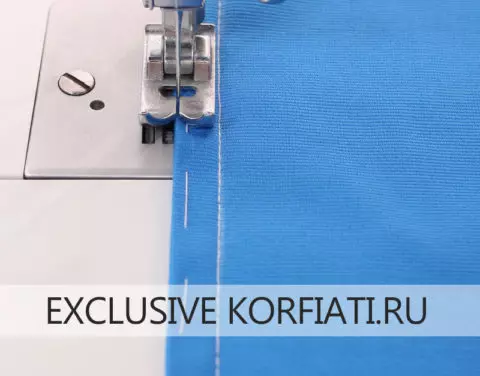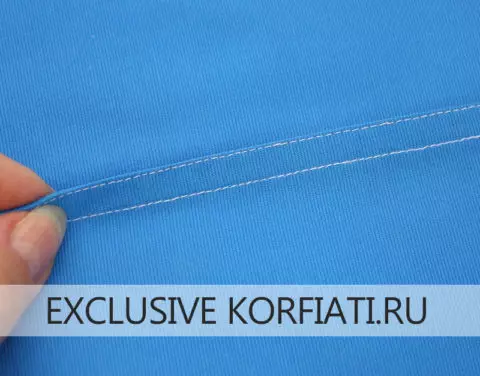
High-quality processing of seams from the wrong side is an important step when sewing any product. And since in products from thin and transparent allowances, translucent translucent through the fabric, their processing should be given particularly important, because all the disadvantages of the inside processing in this case will be visible, and this may not only worsen the appearance, but also completely spoil the product. That is why, when sewing transparent fabrics, French seam applies. The processing of the allowances of the French seam (it is also called double linen) allows you to take sections inside the seam. In this way, we get a pure purple side and aesthetic look of the product from the outside.
We offer you three options for processing the allowances of the French seam, which slightly differ from each other. The idea of this seam is that at first all the details are rapidly stated on the allowances not from the wrong side, as usual, but with facial. Then the allowances are cut to 0.4-0.5 cm, the seam is straightened and sharpened as usual, from the wrong side. Slices of points that can be fused are sewn inside the seam.
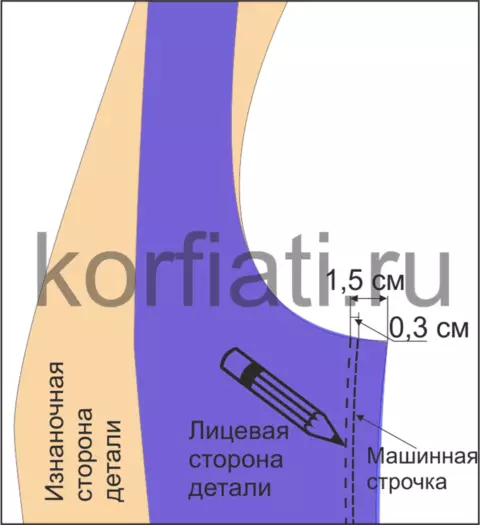
Fig. 1. The first line is laid on the front side of parts by 0.3 cm from markup
What is important to pay attention to?
Packages are placed as usual, 1.5 cm wide. Position the first connecting line by retreating 0.3 cm from the markup to the edge of the allowance (see Fig. 1). Make a second line from the wrong side on the markup of the parts of the parts. What is it for? For two reasons: First, so that the sections do not fall into the seam, and secondly, that the product does not have little due to the fact that the second line was laid not exactly on the markup, but a little further.Power processing by French seam - Option 1
Still the items of the product to the straight line, folding the front parties to the front. Recommended stitch length for thin and transparent fabrics 2.4 mm.
Tip! When leaving parts made of thin tissues, it is more convenient to lay the pins, as it is usually customary to do, but along the seam. When moving the fabric under the sewing machine leg, remove the pins before the needle.
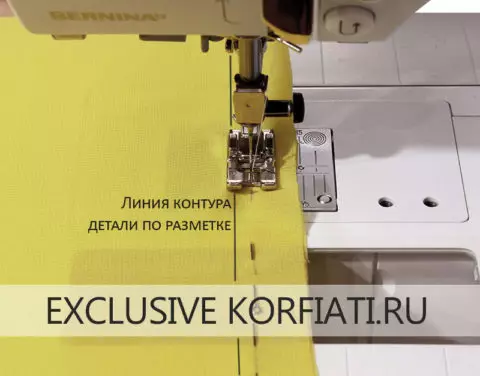
Cut the allowances along the lines up to 0.4-0.5 cm. Use well-sharpened scissors so that the allowances do not sprinkle and do not hoisted during the cropping process. Study both allowances for one of the details. In this case, it does not matter which way you will start the allowance.


Fold the details of the front sides inside, by writing the seam. Load the line along the allowances, retreating 0.7 cm from the edge. Punches will be sewn inside. French seam in finished form with facial and invalion sides. Pay attention - the front side is clean.
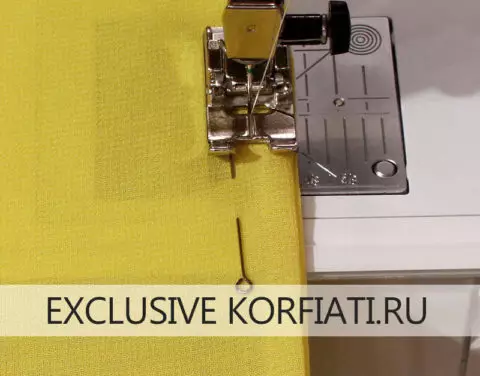

Power treatment with French seam - Option 2
This method is faster, since the inputs are simultaneously stable and cutting and coaching the overlock line. This method can be applied in cases where a slight thickening of the seam will not affect the general type of product. Be sure to use thin threads in the tone. Fold the details of the product with the front sides out and sharply cover the line, cutting off the surplus. Squeeze the enveloped allowances on one of the details.
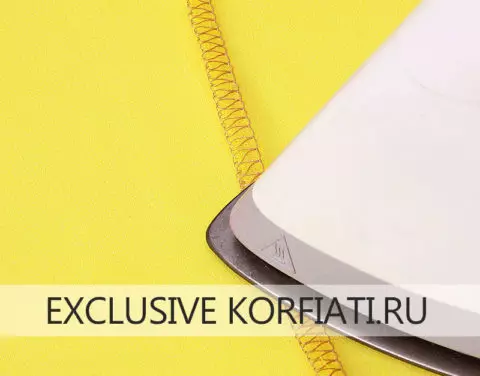
Fold the details of the front sides inside, by writing the seam. Load the line along the allowances, retreating 0.7 cm from the edge. Punches will be sewn inside. French seam in finished form with facial and invalion sides.

Power processing by French seam - Option 3
Such a method for processing allowances can be used when sewing products from thin cotton fabrics. Still on 1,5 cm batteries. Each allowance to overcap in half to the seam and notify. Then both batter sweat together. Experienced seamstresses do not accept the allowances, but they start with one width of the iron and immediately sharpen.
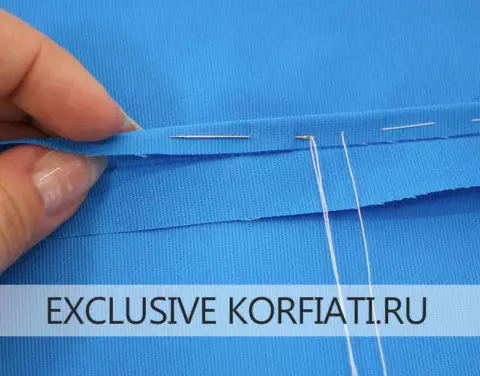
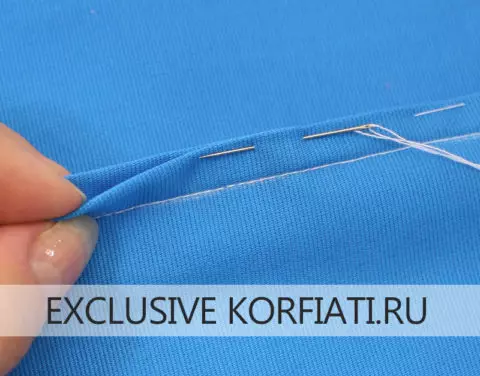
Still both allowances together on the edge of the stitch length of 2.5 mm. Squeeze the allowances for one of the details. The photo shows the allowance of the seam from the wrong side.
